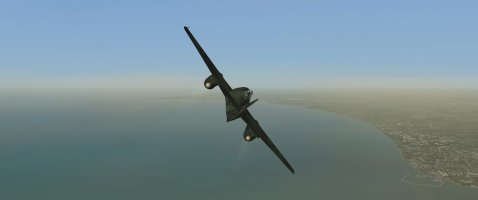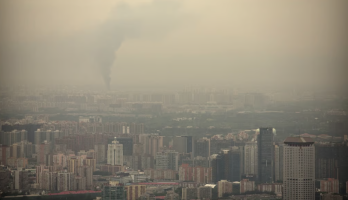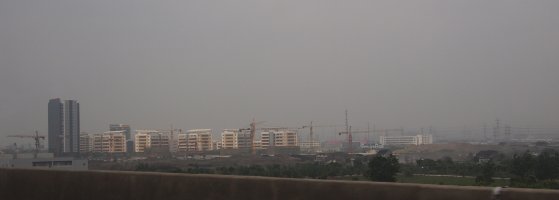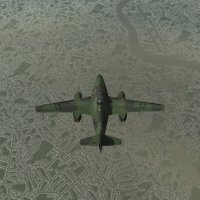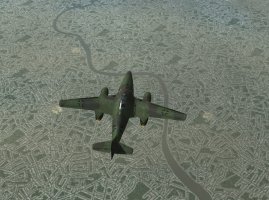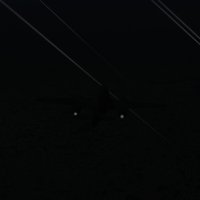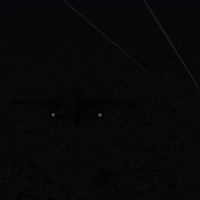Just made this to check with a quick trip across the channel. It seems to be doing what we wanted.
<Weather Name="England Low Dust-France Clear">
<BackgroundWeather precipType="NoRain" skyboxCloudType="NoClouds" MaxAltitude="-90" MinAltitude="-100" fogColor="4288789972" Windspeed="0" windDir="0" >
<CloudLayer cloudfile="cloudCumulusSmall.xml" CloudType="ScatteredClouds" CloudRadius="40000" CloudCount="40" Lightning="noLightning" MinAltitude="900" MaxAltitude="900" fogColor="4287542759" />
<CloudLayer cloudfile="CloudCumulus2.xml" CloudType="ScatteredClouds" CloudRadius="45000" CloudCount="12" Lightning="noLightning" MinAltitude="900" MaxAltitude="900" fogColor="4287542759" />
</BackgroundWeather>
<WeatherObject skyboxCloudType="BrokenClouds" MaxAltitude="20000" MinAltitude="0" fogColor="4290432475" Windspeed="8" windDir="270" >
<Bounds>
<Point Lat="N52 54" Lon="E3 41"/>
<Point Lat="N49 22" Lon="E0 2"/>
<Point Lat="N51 9" Lon="W4 48"/>
<Point Lat="N54 16" Lon="W11 14"/>
<CloudLayer cloudfile="dr_sandstorm_cloud.xml" CloudType="ThickClouds" CloudRadius="20000" CloudCount="20" MinAltitude="10" MaxAltitude="10000" fogColor="4288987369" Density="1"/>
</Bounds>
</WeatherObject>
</Weather>
Calais
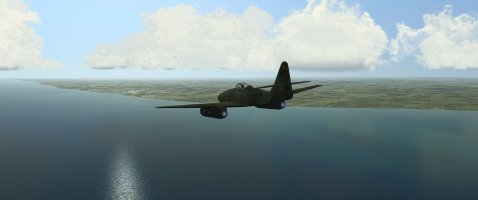
Dover
